Hierarchical Modeling
Concept Map
Hierarchical modeling, or multilevel modeling, is a statistical technique for analyzing nested data structures, such as students within schools or patients in hospitals. It distinguishes between fixed and random effects to account for variance at different levels, making it vital in fields like education and healthcare. Hierarchical Linear Modeling (HLM) and Bayesian Hierarchical Modeling are key methods used to incorporate individual and group characteristics into research, providing more accurate and contextually relevant conclusions.
Summary
Outline
Understanding Hierarchical Modeling in Statistics
Hierarchical modeling, also known as multilevel modeling, is a statistical approach for analyzing data with a nested structure. This technique is particularly adept at handling data where individual observations are grouped into larger units, such as students within classrooms or patients within hospitals. Hierarchical models account for the potential correlation of data points within the same group by incorporating random effects, which capture the unique variance at each level of the hierarchy. This allows for more accurate inferences about the effects of predictors at different levels, making hierarchical modeling a critical tool in educational research, epidemiology, and beyond.Key Concepts in Hierarchical Modeling
Hierarchical modeling is underpinned by two fundamental concepts: fixed effects and random effects. Fixed effects are coefficients that represent the average relationship between a predictor and the outcome variable across all units in the analysis. In contrast, random effects allow these relationships to vary across groups or levels, acknowledging that different contexts can influence the outcome. This distinction is crucial for understanding how hierarchical models can accommodate the complexity of real-world data, where the influence of predictors may not be uniform across all units of analysis.Hierarchical Linear Modeling (HLM) Explained
Hierarchical Linear Modeling (HLM) is a specialized form of hierarchical modeling that specifically addresses data with a linear structure across different levels. HLM decomposes the variance in the dependent variable into within-group and between-group components, allowing researchers to assess the impact of variables at each level. The Level-1 model typically examines individual-level predictors, while the Level-2 model focuses on group-level factors. This dual-level analysis is essential for understanding complex phenomena where individual outcomes are influenced by both personal attributes and group characteristics.Applications of Hierarchical Models in Research
Hierarchical models are employed across a wide range of disciplines to address research questions involving nested data structures. In education, they can be used to evaluate the effectiveness of teaching methods while accounting for differences between schools and classrooms. In healthcare, hierarchical models can assess treatment effects while considering variability among hospitals or patient groups. Social scientists utilize these models to study individual behavior within the context of larger social units. By acknowledging the multi-level nature of data, hierarchical models enable more precise and contextually relevant conclusions.Bayesian Hierarchical Modeling: A Comprehensive Approach
Bayesian Hierarchical Modeling is an extension of hierarchical modeling that incorporates Bayesian inference principles. This approach allows researchers to combine prior knowledge with observed data to estimate model parameters. Bayesian hierarchical models are constructed in a hierarchical framework, where parameters estimated at lower levels inform the estimation at higher levels. This method is particularly useful when dealing with complex models or small sample sizes, as the prior information can help stabilize estimates and provide more robust conclusions.Advantages of Hierarchical Regression Models in Data Analysis
Hierarchical Regression Models offer several advantages in data analysis, particularly when dealing with nested or grouped data. These models can handle unbalanced data sets and account for missing data more effectively than traditional regression models. By considering the hierarchical structure of the data, they reduce the risk of obtaining biased estimates due to omitted variable bias. Additionally, hierarchical regression models can test for cross-level interactions, allowing researchers to explore how the relationship between a predictor and an outcome may change across different levels of the hierarchy.Techniques and Applications of Hierarchical Modeling in Data Analysis
Implementing hierarchical modeling requires a careful consideration of the data's structure, the selection of an appropriate model, and the use of specialized statistical software. These models are particularly beneficial for analyzing longitudinal data, where the interest lies in understanding changes over time within and between subjects. Hierarchical modeling provides a framework for examining the dynamics of such data, taking into account the interdependencies and nested nature of the observations. This approach is invaluable for researchers seeking to draw accurate and meaningful conclusions from complex data sets.Show More
Definition and Purpose
Hierarchical Modeling
Hierarchical modeling is a statistical approach for analyzing data with a nested structure
Fixed and Random Effects
Fixed Effects
Fixed effects represent the average relationship between a predictor and the outcome variable across all units in the analysis
Random Effects
Random effects allow for relationships to vary across groups or levels, acknowledging the influence of different contexts on the outcome
Hierarchical Linear Modeling (HLM)
HLM is a specialized form of hierarchical modeling that specifically addresses data with a linear structure across different levels
Applications
Education
Hierarchical models can be used in education to evaluate the effectiveness of teaching methods while accounting for differences between schools and classrooms
Healthcare
Hierarchical models can be used in healthcare to assess treatment effects while considering variability among hospitals or patient groups
Social Sciences
Hierarchical models can be used in social sciences to study individual behavior within the context of larger social units
Bayesian Hierarchical Modeling
Definition and Purpose
Bayesian hierarchical modeling is an extension of hierarchical modeling that incorporates Bayesian inference principles to combine prior knowledge with observed data
Construction
Bayesian hierarchical models are constructed in a hierarchical framework, where parameters estimated at lower levels inform the estimation at higher levels
Advantages
Bayesian hierarchical models are particularly useful for dealing with complex models or small sample sizes, as the prior information can help stabilize estimates and provide more robust conclusions
Hierarchical Regression Models
Definition and Purpose
Hierarchical regression models are used to handle nested or grouped data and can account for missing data and unbalanced data sets more effectively than traditional regression models
Cross-Level Interactions
Hierarchical regression models can test for cross-level interactions, allowing researchers to explore how the relationship between a predictor and an outcome may change across different levels of the hierarchy
Implementation
Implementing hierarchical modeling requires careful consideration of the data's structure, selection of an appropriate model, and use of specialized statistical software





